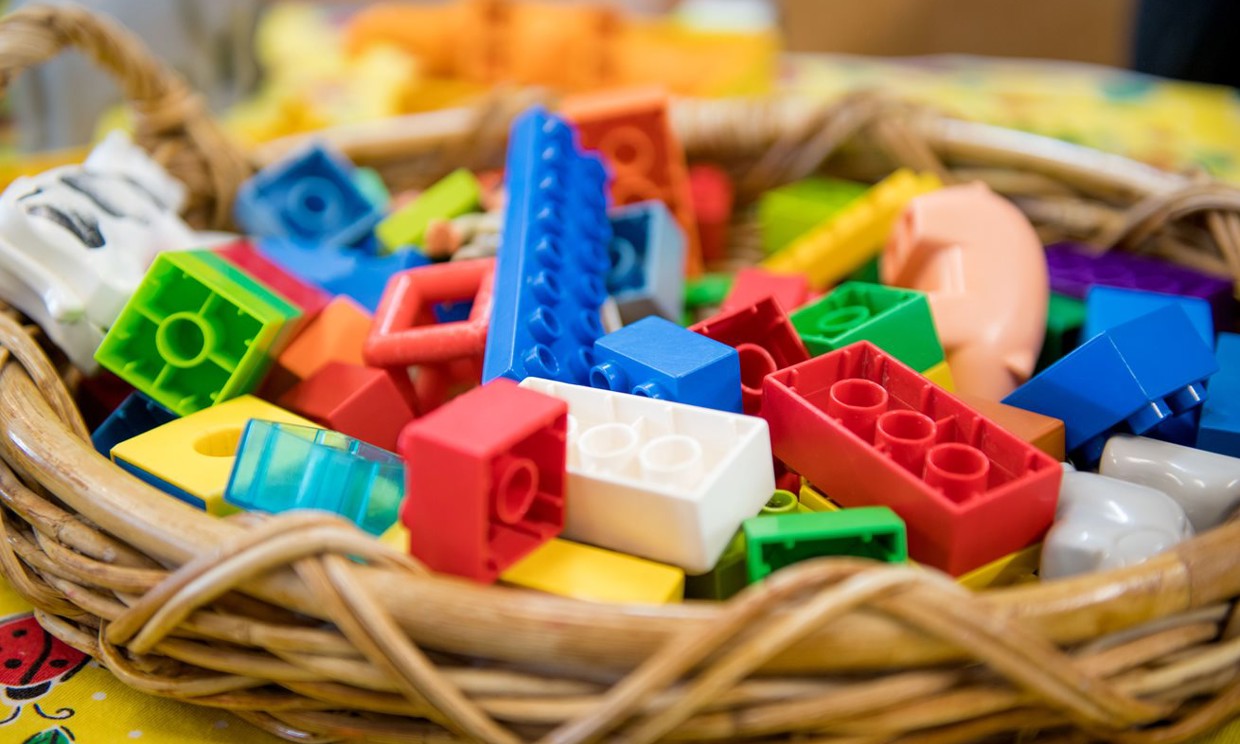For most parents, the idea that praising your child might not be as simple as it sounds, is counter-intuitive.
Most of us will say “well done” without even thinking about it. But research shows that general praise such as this may not help our children learn anything about what it was that we wanted to encourage.
In fact, being specific in that praise may be the key in helping children learn lessons.
Greg Antcliff, national manager professional practice at Goodstart Early Learning, said praise was a valuable strategy to promote positive behaviours, self-efficacy and foster resilience in children.
He said key to giving praise was developing an understanding of the three types of praise and the function of each. These include descriptive praise, praise for effort and persistence and trait-based praise.
Descriptive praise
Descriptive praise involves making positive statements to someone about something they did, such as: “I like it when you …” or ‘You’re doing just what was asked of you….”. Other examples include “Thank you for…” and “You’ve done a great job of…..”
Descriptive praise can make it more likely that a child will engage in positive behaviours and it can also strengthen the quality of their social interactions.
Descriptive praise is known to:
- Increase positive pro-social behaviour
- Improve relationships between children and their parents
- Increase the child’s self-esteem and positive sense of self
- And increase the likelihood of a child demonstrating positive behaviour in other places and with other people.
“When parents and educators give children descriptive praise, it is as though they are depositing money into a bank account; they are building up credit in their relationship with children. This helps maintain a positive relationship,” Mr Antcliff said.
The educator can make a ‘withdrawal’ in the form of a correction or by positively guiding the child’s behaviour.
The challenge is to keep the bank account in the ‘black’ maintaining a high level of credit and not going ‘into the red’ by making too many withdrawals.
Research tells us that you should be aiming to praise children six times for every one time you correct or guide their behaviour.
Parents and educators need to notice and praise helpful, supportive or appropriate behaviours. For example, playing with other children co-operatively; taking turns; and showing self-help skills at meal times.
It is important to catch the children doing the right things rather than waiting until there is a problem before giving that attention and feedback.
Descriptive praise also needs to be delivered immediately because praise loses its effectiveness over time.
Praise for effort and persistence results in children having
- Increased self-confidence and self-efficacy
- Increased persistence
- The ability to search for constructive solutions to resolve setbacks
- Increased value on effort, and
- Improved performance after initial setbacks
Mr Antcliff said through praising for effort and persistence, children built a view of themselves as having abilities that are malleable that can be impacted by their effort and persistence.
They are less likely to think their abilities are fixed and more willing to work harder to improve their skills, knowledge, and areas they can change. They begin to build a growth mindset.
An example of praising for effort and persistence is: "I can see that you're finding it hard to solve the puzzle but you didn't give up and you solved it."
Trait-based praise
Trait-based praise such as “wow, clever boy!” can be useful in specific situations for a limited time or for the early stages of skill acquisition such as an infant taking his first steps and you say “That’s very clever!”.
However, trait-based praise can also be detrimental to children’s learning development and wellbeing as it can result in:
- Low levels of persistence after difficulty or failure
- And a fixed mindset about their abilities as unchangeable.
“To set your child up for success in school and life, try to consciously build your skills in descriptive praise and praise for effort and persistence,” Mr Antcliff said.
In Part Three of the four-part series, Mr Antcliff will share tips on increasing teachable moments.
Part One in the series is Learning to Play Follow the Leader.
Acknowledgement for each Practice in Action Guide (PIAG) –
This PIAG was adapted with permission form the Parenting Research Centre and the Benevolent Society from The Benevolent Society’s Resilience Practice Framework: A framework to promote resilience in children and families, Guides, 1 – 6, 2015.
These educational resource guides are based on the original guides in PracticeWise Evidence-Based Services (PWEBS) database, drawn from child and family therapeutic intervention outcomes studies (PracticeWise, 2009), adapted with permission by the Parenting Research Centre and the The Benevolent Society.
For further information see www.benevolent.org.au/resilience; and www.parentingrc.org.au


